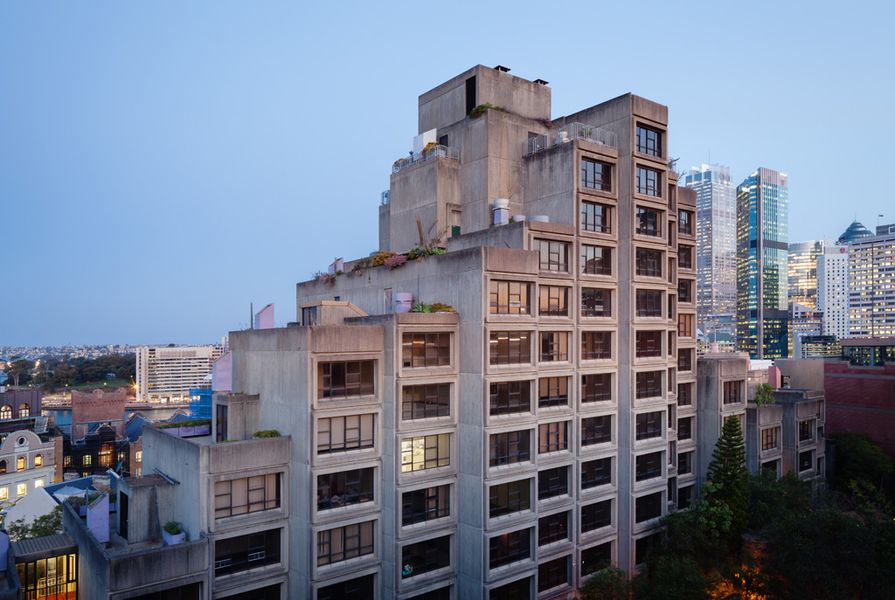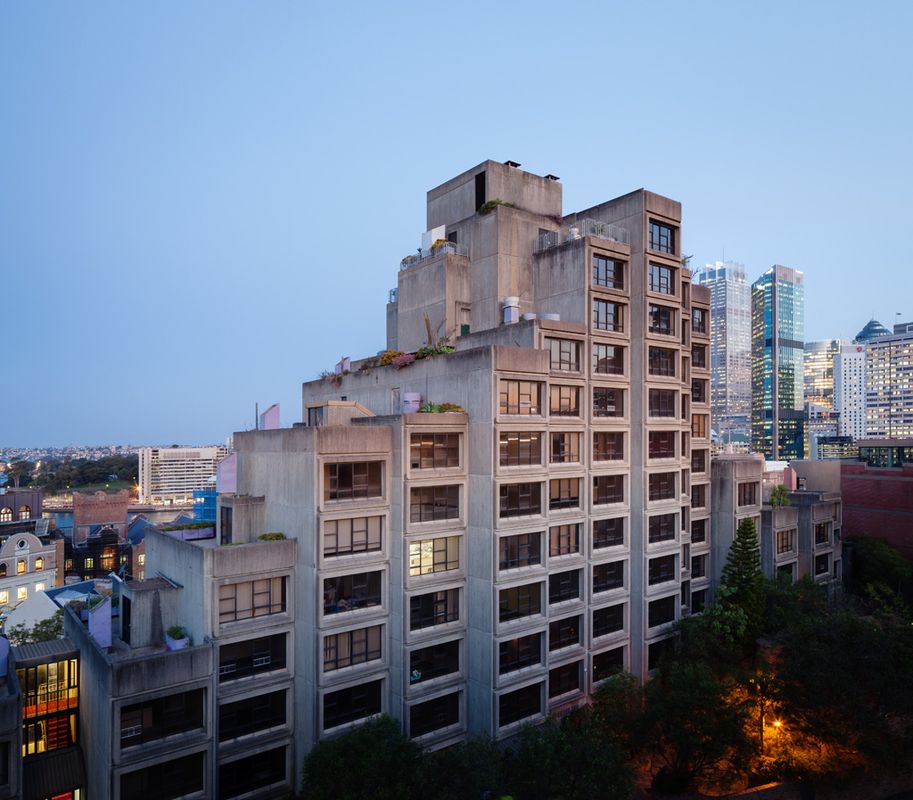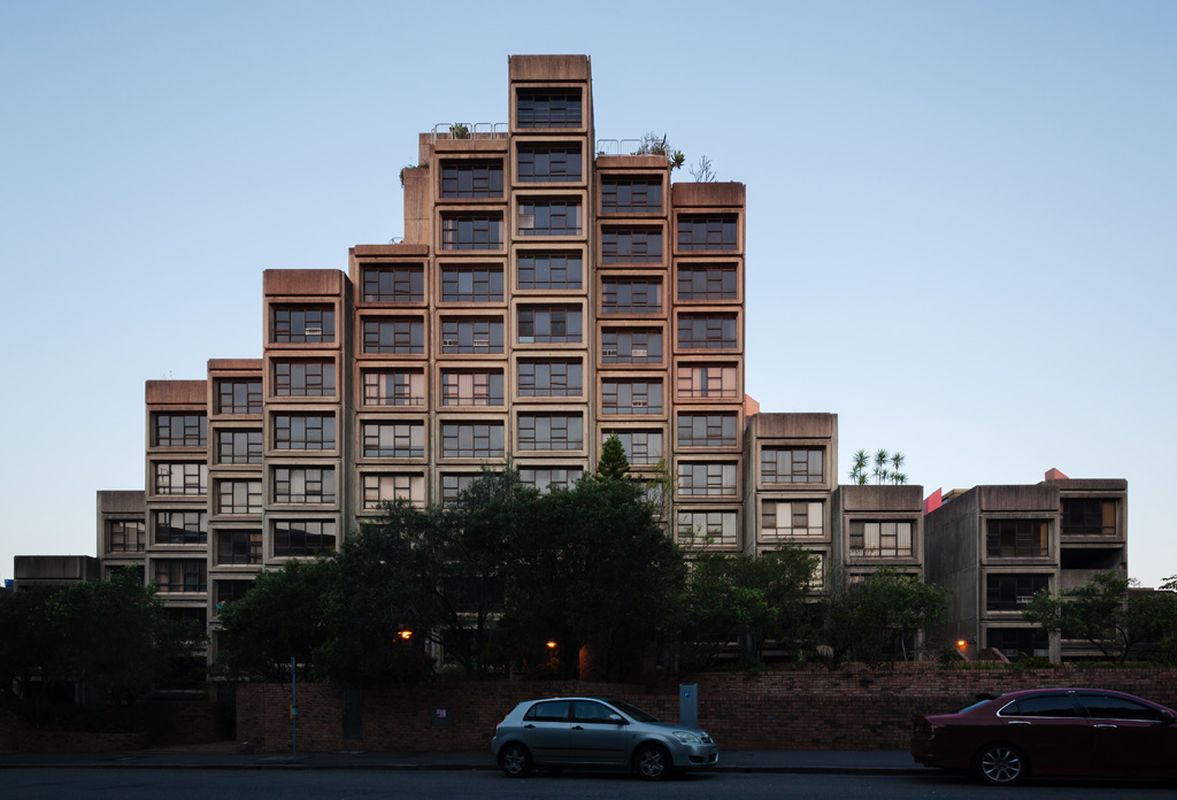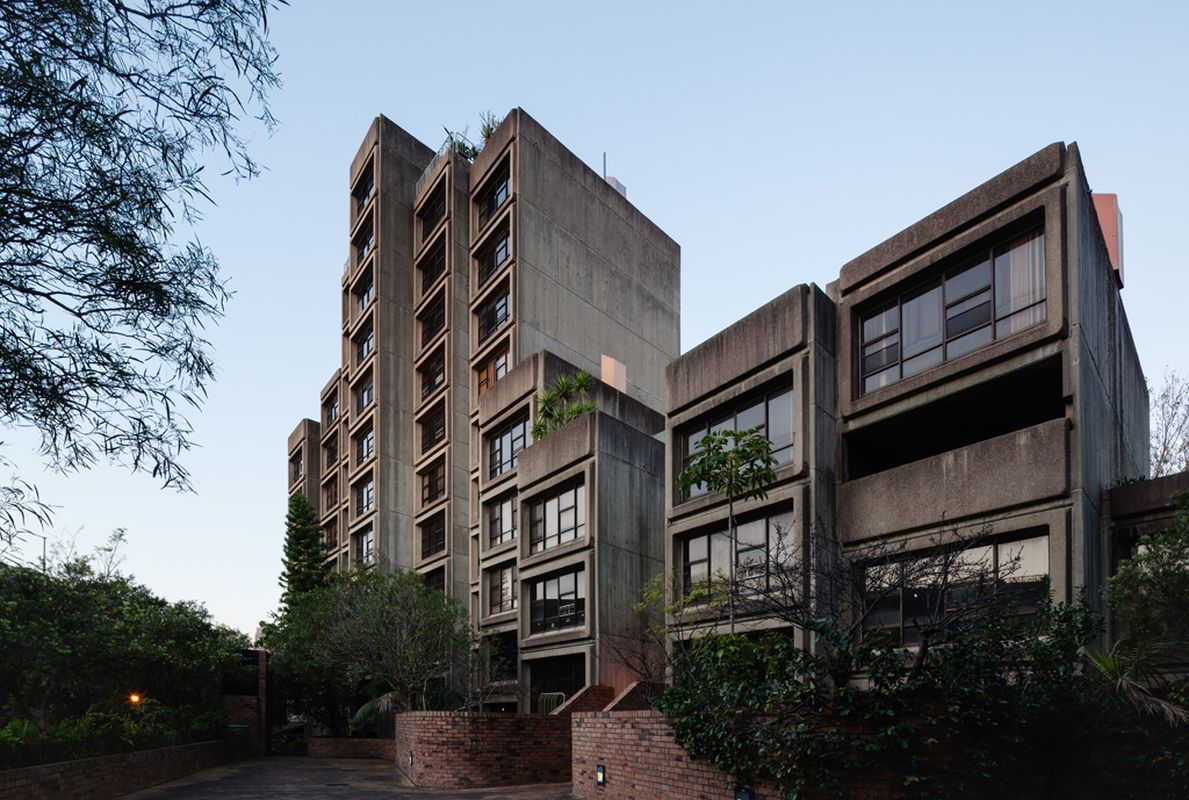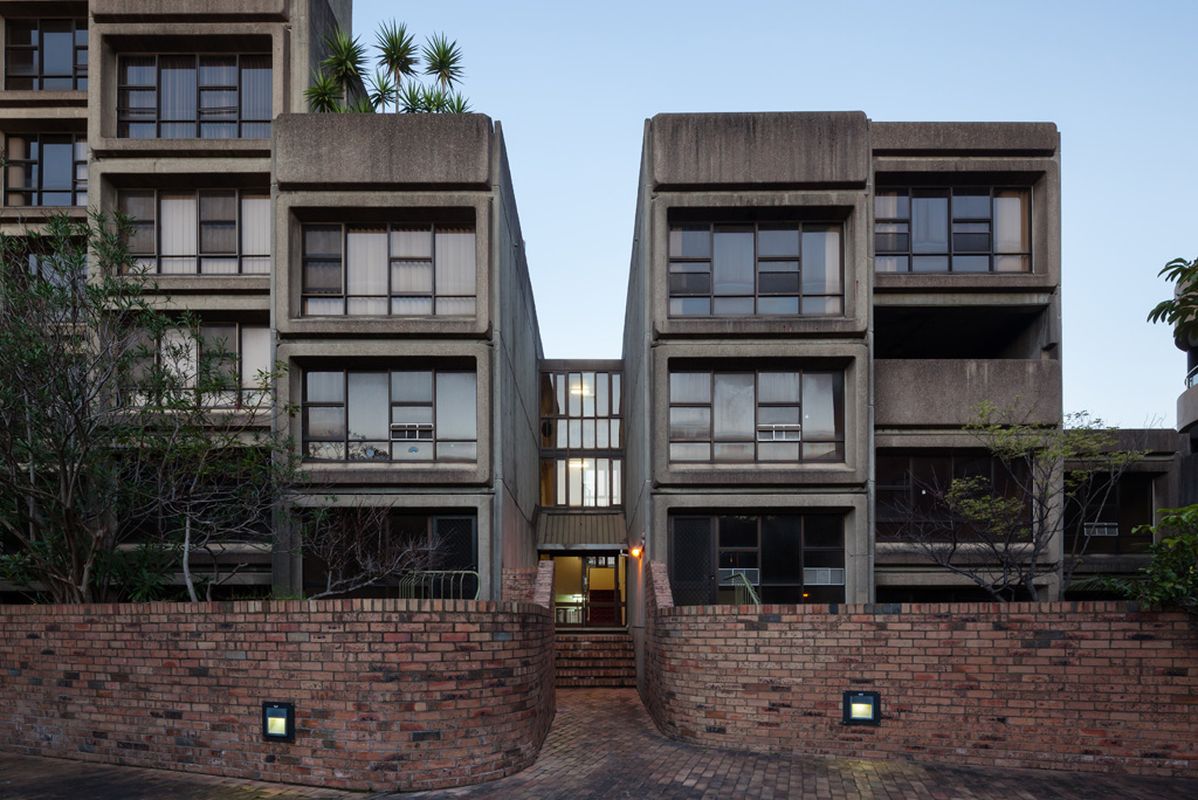Elected on 13 May 1965, Bob Askin wanted to change Sydney into the New York of the south, even if he had to destroy communities and their heritage to achieve this. This was especially true for Millers Point, an area first settled by Europeans around 1830.
The community’s uncompromising reaction to his attitude created an atmosphere that fostered and birthed the green bans movement.
The green ban on Millers Point and The Rocks helped to not only save a community, but also created a tourist destination which attracts hundreds of thousands of visitors every year from all over the world.
Sirius was another result of these green bans. It should be remembered that Sirius was an architectural solution to the political problems created when Askin’s government refused to listen to its constituents. It was never a solution created for monetary profit.
But Sirius is really more than a building. It’s an amalgam of all the people and organizations that have contributed towards what it is today – a symbol of what people can do to preserve community and heritage when they work together.
A brief description of Sirius may be appropriate here to explain why, unlike most other Housing Commission apartment buildings of that era, Sirius fostered a living and viable community over many years.
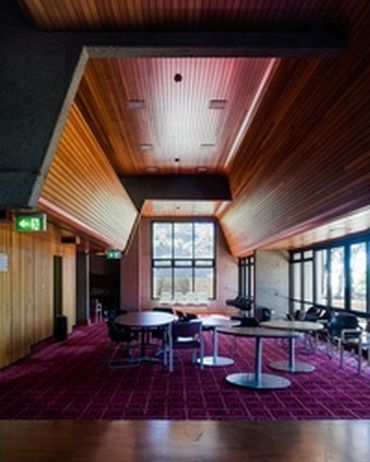
There are 79 apartments in the complex, which are made up of 17 aged pensioner units with the rest a mixture of one, two, three and four-bedroom units – an attempt to create a better demographic profile for Housing Commission apartment buildings.
Sirius also has three internal community areas. The largest is the Phillip Room which was designed to be used by tenants and others for relaxation and assorted functions such as birthday parties and even weddings. The timber linings and cave art sculptures created a unique space for a Housing Commission complex.
On the eight floor is another community room, which was specially designed for aged and handicapped pensioners with a large balcony (about four by 15 metres) for them to watch New Year’s Eve fireworks and other Sydney Harbour displays. For any nostalgic tenant, the whole south wall of the Heritage room is covered by a computer-generated mural of the 1978 Sydney skyline as seen from that room.
A small internal balcony area which was to have been a library overlooks the Phillip Room. It was never used as a library, although it was a perfect setting for an amateur production of Romeo and Juliet.
There are two external areas intended as children’s play areas, one in front of the Phillip room with views of the Opera house and one off Cumberland Street.
A large viewing platform on the top of Sirius was used by tenants for New Year’s Eve barbeques and some private viewings of the Harbour.
Of the 79 units, nearly 70 percent have either balconies, roof gardens or private courtyards, several of the 3 and 4-bedroom units have both courtyards and balconies. The roof gardens were part of the original design concept, not only to provide additional private outdoor space but also to create a fifth elevation as 90 percent of Sydneysiders only ever saw Sirius from the Harbor bridge approach.
Some of these features are standard today, but were considered innovative at the time, especially for Housing Comission projects in the 1970s.
My involvement with Sirius was significant and of course I was quite pleased with my contribution to it. No building, however, comes into being on the back of one person – especially not Sirius. This award indirectly recognises other people that influenced the creation of Sirius.
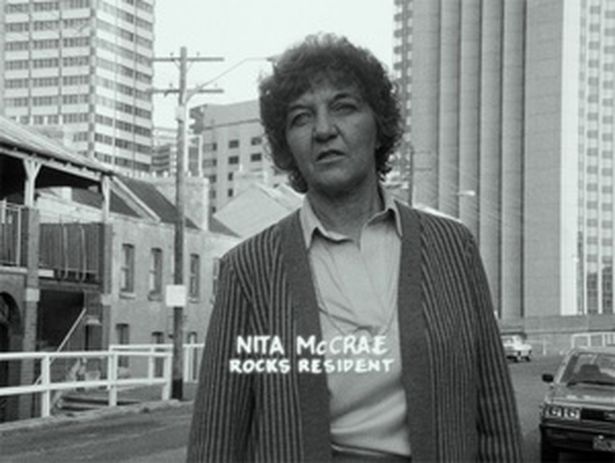
One of these people is Nita McCrea, whose persistent and steadfast opposition to Askin’s Government’s outlandish plans to demolish Millers Point led to the establishment of the Rocks Resident Action Group. Nita particularly disliked being told by the Sydney Cove Redevelopment Authority to go home like a good little woman and stick to her knitting.
Then, of course, there was Jack Mundey, whose green bans made Sirius possible but also created the political atmosphere that led to the first heritage protection legislation in NSW during the Neville Wran government.
Jack’s green ban concept also inspired numerous people to form various Green political movements and other Conservation and Heritage movements throughout the world. Petra Kelly is one such person I remember. She was so inspired by the green bans movement during a visit to Australia that she started the national green party of Germany.
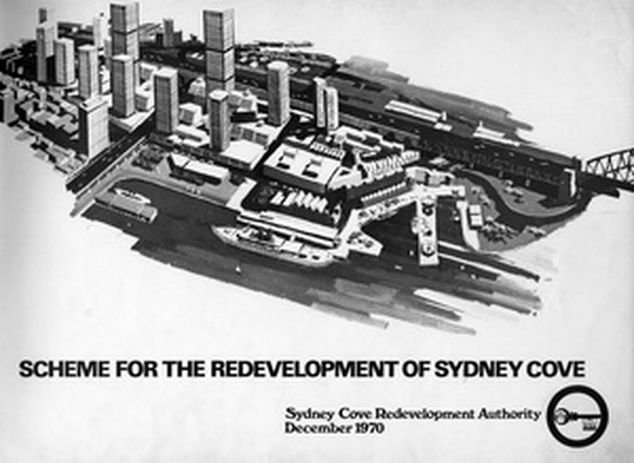
Another Jack was Jack Bourke, chairman of what was then the Housing Commission of New South Wales, who supported Sirius and the concept of creating social housing communities instead of just buildings. His enthusiastic and unceasing support of Sirius ensured its survival during the documentation and construction stages, as well as the first five years of occupation until his death in 1987.
But, as I stated before, the story about Sirius is about people first and buildings second. Sirius is a symbol of people and communities getting together to demonstrate to governments that their actions must be tempered by concern for their constituents more that the pockets of their friends and supporters.
I believe that in the future Sirius should be saved for affordable and essential services housing. Any city like Sydney by definition must be inclusive, for without its nurses, firemen, ambulance officers and baristas it is just a grey barren landscape dotted with sick people who can’t get their morning coffee.
Finally, the thanks for this award comes not only from me, and the Sirius building, but also from the Millers Point Community for their unstinting support; from the many professionals that freely provided their expertise and time; from the general community who loves Sirius, and also from the many public organizations that reversed their earlier opinions about Sirius and were unafraid to voice them.
So, thank you from all of us. Thank you.
Read ArchitectureAU’s coverage of the Sirius building and related issues here.

